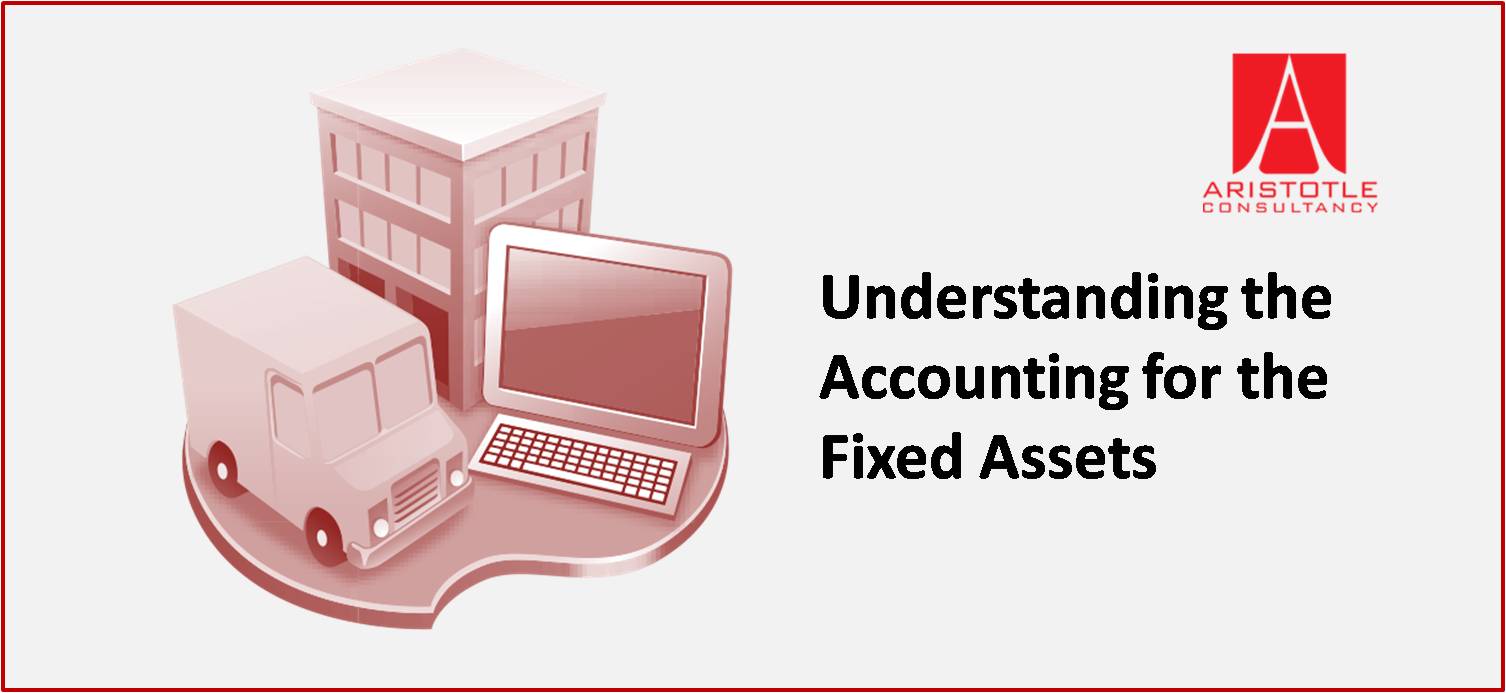Fixed Asset is an asset that is held by the person with the intention of being used for the purpose of production of the goods or providing the goods or services. These assets are not held for the purpose of sale in the normal course of business. Fixed assets are also known as long term tangible assets and are used in the operations of the entity just like machinery,building, property, plant, and equipment, etc. These assets are not easily converted into cash. In the other words, these assets will not be sold in the current accounting year and the useful life of these assets is more than 1 year.
Features of Fixed Assets– There are some features of the fixed asset-
(i) These are eligible for depreciation.
(ii) Useful life is more than 1 year.
(iii) Not held for the purpose of sale in the normal course of business.
(iv) They provide long term benefits.
(v) Used for the business operations.
(vi) Not easily converted into cash.
Component of cost of the fixed asset
The cost of the fixed assets contain-
Purchase Price
Add: Import Duty / Nonrefundable duties
Add: Freight, site preparation cost, installation cost, and other direct costs to bring an asset to its working condition
Less: Trade Discount
Less: Rebate (if any)
If there is any fixed asset is acquired by the person in exchange for any other asset then the fair market value of such asset will be considered as the cost of such asset.
If there is any fixed asset is acquired by the person in exchange for shares and securities then the fair market value of such shares and securities or the fair market value of the securities issued will be considered as the cost of such asset.
If there is any cost which is incurred in the addition or extension to an existing asset and which is capital in nature and which becomes an integral part of the existing asset then such cost will be added to its gross book value.
If there are any improvements expenses and repair expenses are incurred then the expenditures that can increase the future benefits from the existing asset will be included in the gross book value.
If there is any self-generated asset then the cost of a self-constructed fixed asset will comprise those costs which are directly related to the specific asset and those that are related with the construction activity normally and which might be allocated to the particular asset.
Disposal of a fixed asset
If there is any sale or disposal of any fixed asset during the period then it will be eliminated from the financial statement of the entity.If the sale of the fixed asset is made at the lower of their net book value and net realizable value and there is any expected loss then we will recognize such loss immediately in the statement of P&L accounts.
If there is any gain or profit on the disposal of fixed assets then such amount of gain is to be transferred to P & L accounts.
If there is any revaluation of the fixed asset, an entire class of fixed assets will be revalued, or the selection of assets for revaluation shall be made on a systematic basis and the basis which is used should be disclosed.
When there is an upward revaluation of a fixed asset and there is any accumulated depreciation at the date of the revaluation then it should not be credited to the profit and loss account.
Valuation of the fixed asset in the special cases-
When there is any fixed asset that is acquired on hire purchase terms then it should be recorded at their cash value. If the cash value is readily available then we will calculate it by assuming an appropriate rate of interest. Such hire purchased assets will be shown in the balance sheet with appropriate narration.
If there is any fixed asset that is owned by the entity jointly with another person then the extent of the entity’s share in such assets, and the proportion of the original cost, accumulated depreciation, and written down value will be stated in the balance sheet.






